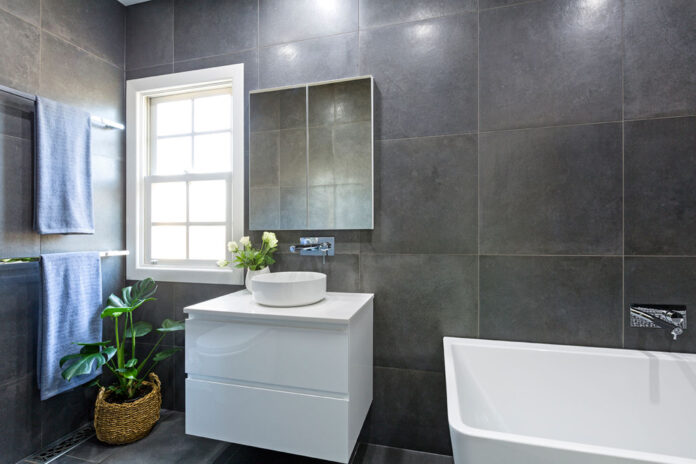When it comes to bathroom renovations, choosing the right type of ceramic tiles for both the walls and floors is essential. While both types of tiles offer durability and water resistance, they are designed to meet different functional needs. Understanding the differences between wall and floor tiles can help you make the best decision for your bathroom. Céramique au Sommet salle de bain offers a variety of tiles perfect for both applications.
1. Thickness and Durability
The most notable difference between ceramic wall and floor tiles is their thickness. Floor tiles are generally thicker and more durable because they must withstand foot traffic and heavier loads. Wall tiles, on the other hand, are thinner and lighter, as they do not need to support as much weight. The durability of floor tiles ensures they can handle daily wear and tear without cracking, while wall tiles are designed more for aesthetic appeal.
2. Surface Texture and Slip Resistance
Another key difference is the surface texture. Floor tiles are often textured or have a matte finish to prevent slipping, especially in wet environments like bathrooms. Slip resistance is critical for floor tiles, as they need to provide enough traction to prevent accidents. Wall tiles, however, can be glossy or smooth since they don’t pose a slipping hazard.
When choosing bathroom tiles, consider using textured or slip-resistant tiles for the floor and glossy or decorative tiles for the walls. Céramique au Sommet salle de bain offers a wide range of options for both areas.
3. Size and Design Options
Floor tiles are typically larger than wall tiles, which allows for easier installation and fewer grout lines. Common floor tile sizes range from 12×12 inches to 18×18 inches, while wall tiles are available in smaller sizes, often in rectangular or mosaic formats. Wall tiles are often more decorative, with intricate patterns and colors that add personality to the space.
Using larger tiles on the floor and smaller, decorative tiles on the walls can create a visually appealing contrast and help define the different areas of the bathroom.
4. Weight and Installation
Because floor tiles are thicker and heavier, they require a stronger adhesive and proper subfloor preparation for installation. Wall tiles are lighter and can be installed using standard tile adhesive. However, the installation process for both types of tiles must be precise to ensure longevity and avoid future issues like cracking or loosening.
5. Conclusion
Choosing the right ceramic tiles for your bathroom depends on the specific requirements of each area. Floor tiles need to be thicker, more durable, and slip-resistant, while wall tiles can be thinner and more decorative. Céramique au Sommet salle de bain provides a range of options to suit your bathroom renovation needs, offering both functional and aesthetic solutions.


